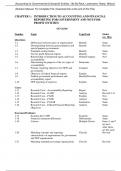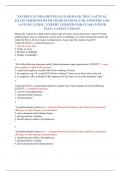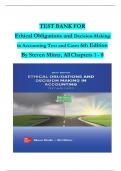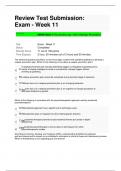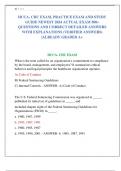Exam (elaborations)
Solution Manual For Accounting for Governmental & Nonprofit Entities 19th Edition By Reck, Lowensohn, Neely, Wilson (All Chapters, 100% Original Verified, A+ Grade)
- Course
- Institution
Solution Manual For Accounting for Governmental & Nonprofit Entities 19th Edition By Reck, Lowensohn, Neely, Wilson (All Chapters, 100% Original Verified, A+ Grade) Solution Manual For Accounting for Governmental & Nonprofit Entities 19th Edition By Reck, Lowensohn, Neely, Wilson (All Chapters...
[Show more]
